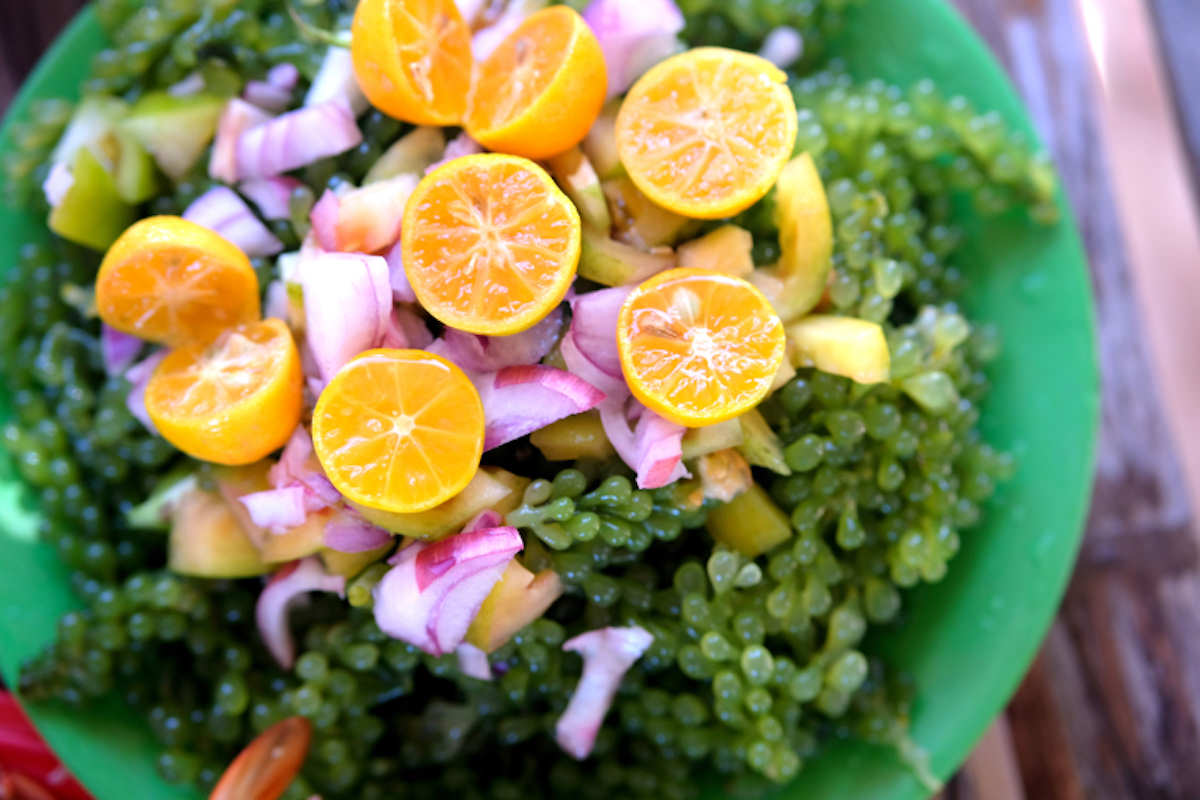
Area of cultivation: China, Japan, Korea, Hawaii, Philippines.In contrast, the FDA’s recommended daily value for iodine is set at only 150 mcg per day ( 20). For instance, research has shown that per dried gram, kombu can contain as much as 2353 mcg of iodine ( 19). While it is an excellent source of the mineral, due to the significant iodine levels it contains, it can be easy to consume too much iodine.
GUSO SEAWEED HOW TO
There is a useful guide on how to make it here.Īn important point to note about kombu is that it offers extremely high levels of iodine, which can be positive and negative. Known as ‘kombu dashi’ in Japanese, we can use this flavor-enhancing stock as a base ingredient for various soups and stews. It is also possible to make a stock using kombu. However, it works well for seasoning purposes and its flavors work well in soups and stews. Kombu has a tough texture, it is thick, and it takes a long time to soften when boiling it in water.

We can find kombu in oceans around the world, but it is most extensively cultivated in China, Japan, and Korea ( 18). Kombu is a form of large brown algae, a group commonly known as kelp. Irish moss is also used to produce significant amounts of carrageenan, a thickener used within the food industry ( 17). Like many other seaweeds, Irish moss tends to be used in soups and stews rather than eaten fresh. This sea vegetable has a reddish-purple color, and it is a rich source of fiber, protein, vitamins, minerals, and polyphenols ( 15).ĭespite the name, Irish moss grows from the United States to Southern Europe, and as far East as Japan ( 16).

According to the Food and Agriculture Organization (FAO) of the United Nations, the biggest consumers of sea vegetables are China, Japan, and South Korea ( 2). Sea vegetables are consumed around the world, but they are particularly popular in Asia. Generally, seaweed refers to three main types of algae, as listed below ( 1): Sea vegetables are otherwise known as edible seaweed that come from the sea.



 0 kommentar(er)
0 kommentar(er)
